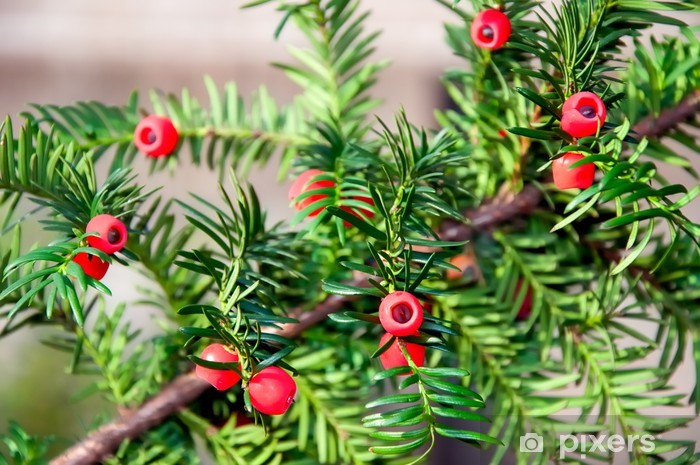Stepping into the world of horticulture, you’ll come across a multitude of plants, each with its unique character and history. Among them, the Taxus Baccata hedge stands out, not only for its lush evergreen appeal but also for the rich history it carries with it. Native to Europe, North Africa, and southwest Asia, this ancient yew tree has played significant roles in various cultures, both in the realms of practical use and mythology.
Caring for your Taxus Baccata hedge
If you’re thinking of adding a touch of timeless elegance to your garden, opting for a Taxus Baccata hedge is a decision you won’t regret. Despite its grandeur, this plant is surprisingly low-maintenance. It thrives in well-draining soils and can tolerate both sun and shade, making it a versatile choice for diverse garden settings. When it comes to pruning, the Taxus Baccata hedge is forgiving. It can withstand heavy trimming, allowing you to shape it as you desire. However, it’s essential to note that while the red berries it produces are visually appealing, they are toxic if ingested. Hence, ensuring it’s planted away from the reach of children or pets is a prudent move.
The multifaceted uses of Taxus Baccata
The Taxus Baccata hedge is not just about aesthetics. Historically, the wood from this hedge was highly sought after for making longbows, thanks to its strength and flexibility.
Embracing the Taxus Baccata hedge in your space means you’re inviting a piece of history, a touch of elegance, and a conversation starter. Whether you’re a seasoned gardener or a beginner, this hedge promises to be a delightful addition to your green haven.
